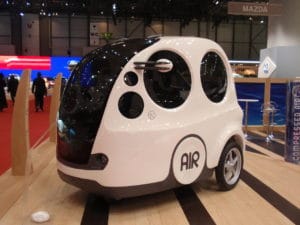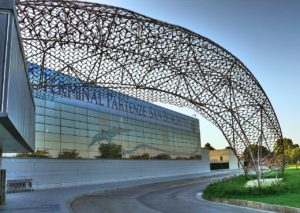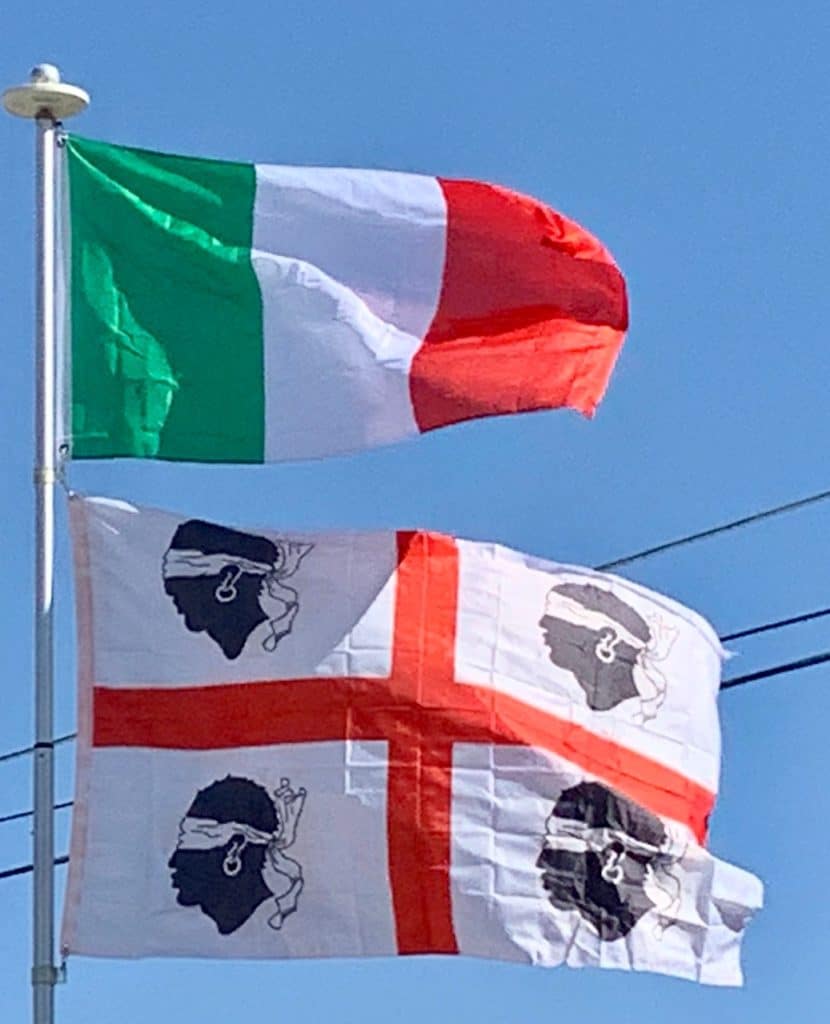In fresh food, as well as artichokes, the production of tomatoes (including Camoni tomato) and citrus fruit are of a certain weight. Sardinia is the 5th Italian region for rice production, the main paddy fields are located in the Arborea Plain.
In addition to meat, Sardinia produces a wide variety of cheese, considering that half of the sheep milk produced in Italy is produced in Sardinia, and is largely worked by the cooperatives of the shepherds and small industries. Sardinia also produces most of the pecorino romano, a non-original product of the island, much of which is traditionally addressed to the Italian overseas communities. Sardinia boasts a centuries-old tradition of horse breeding since the Aragonese domination, whose cavalry drew from equine heritage of the island to strengthen their own army or to make a gift to the other sovereigns of Europe. Today the island boasts the highest number of horse herds in Italy.
There is little fishing (and no real maritime tradition), Portoscuso tunas are exported worldwide, but primarily to Japan.
The once prosperous mining industry is still active though restricted to coal (Nuraxi Figus, hamlet of Gonnesa), antimony (Villasalto), gold (Furtei), bauxite (Olmedo) and lead and zinc (Iglesiente, Nurra). The granite extraction represents one of the most flourishing industries in the northern part of the island. The Gallura granite district is composed of 260 companies that work in 60 quarries, where 75% of the Italian granite is extracted. The principal industries are chemicals (Porto Torres, Cagliari, Villacidro, Ottana), petrochemicals (Porto Torres, Sarroch), metalworking (Portoscuso, Portovesme, Villacidro), cement (Cagliari), pharmaceutical (Sassari), shipbuilding (Arbatax, Olbia, Porto Torres), oil rig construction (Arbatax), rail industry (Villacidro), arms industries at Domusnovas and food (sugar refineries at Villasor and Oristano, dairy at Arborea, Macomer and Thiesi, fish factory at Olbia).
Sardinia is involved in the industrial production of the AIRPod, an innovative car powered by compressed air, with the first factory being built in Bolotana.

Craft industries include rugs, jewelry, textile, lacework, basket making and coral.
The Sardinian economy is today focused on the overdeveloped tertiary sector (67.8% of employment), with commerce, services, information technology, public administration and especially on tourism (mainly seaside tourism), which represents the main industry of the island with 2,721 active companies and 189,239 rooms. In 2008 there were 2,363,496 arrivals (up 1.4% on 2007). In the same year, the airports of the island registered 11,896,674 passengers (up 1.24% on 2007).
Transportation:
Air:
Sardinia has three international airports (Alghero-Fertilia/Riviera del Corallo Airport, Olbia-Costa Smeralda Airport and Cagliari-Elmas Airport) connected with the principal Italian cities and many European destinations, mainly in the United Kingdom, Scandinavia, Spain and Germany, and two regional airports (Oristano-Fenosu Airport and Tortolì-Arbatax Airport). Internal air connections between Sardinian airports are limited to a daily Cagliari-Olbia flight. Sardinian citizens benefit from special sales on plane tickets, and several low-cost air companies operate on the island.

Air Italy (formerly known as Meridiana) was an airline headquartered in the airport of Olbia; it was founded as Alisarda in 1963 by the Aga Khan IV. The development of Alisarda followed the development of Costa Smeralda in the northeast part of the island, a well known vacation spot among billionaires and film actors worldwide.
Sea:
The ferry companies operating on the island are Tirrenia di Navigazione, Moby Lines, Corsica Ferries – Sardinia Ferries, Grandi Navi Veloci, SNAV, SNCM and CMN; they link the Sardinian seaports of Porto Torres, Olbia, Golfo Aranci, Arbatax, Santa Teresa Gallura, Palau and Cagliari with Civitavecchia, Genoa, Livorno, Naples, Palermo, Trapani, Piombino in Italy, Marseille, Toulon, Bonifacio, Propriano and Ajaccio in France and Barcelona in Spain.
